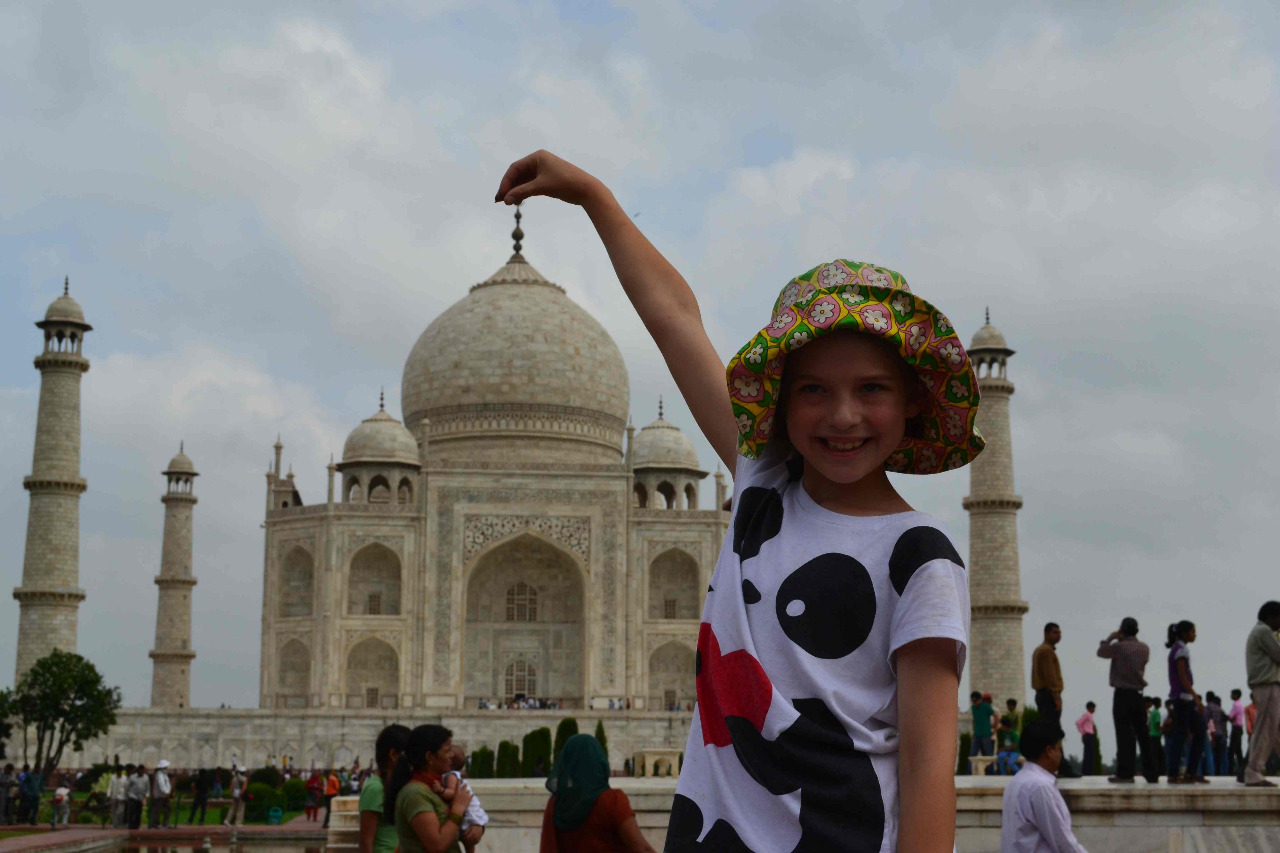By – Anirudh Garg

On your first trip to the Taj Mahal, you would have been itched to click a picture of yourself trying to hold the monument from its tip, obviously imitating to do so from a distance and not actually grasping it. Well, it is nothing short of a ritual for any tourist visiting the Taj Mahal. While a few theories without a head or a tail try to justify that Shah Jahan chopped the hands of the labourers of the Mahal, the monument still holds immense significance in the Indian heritage.
Often termed as a symbol of love, Taj Mahal depicts the great architectural mastery Indians had from the very beginning. Today, the state-of-the-art monument is the prime tourist attraction and contributes a major chunk to Indian tourism.
While most of the monuments were built in the pre-historic and pre-democratic times, the latest addition to the Indian collection came into existence in 2018. Inaugurated by the Prime Minister of India, the Statue of Unity, as its name suggests, symbolises unity. However, the reason behind its formation stands questionable because of its high cost. If economists are to be believed, the statue will continue recovering the revenue from its building cost in many decades to come.
A fact that is not new to any Indian is that our country preserves the most diverse cultures and heritages. The beautiful and visionary monuments built by the former rulers epitomize Indian culture and exude great Indian architecture. Other than their beauty, they also bring a sarcastic side to our notice. Being built centuries ago with minimal resources, the monuments still hold their structure strong to date. However, the infrastructure developed today using high-tech resources, doesn’t take a lot of effort and time to break down.
The Indian capital, New Delhi, and its neighbouring regions are a hub of historic monuments of great importance and pride. On one hand, Qutub Minar symbolizes victory, on the other hand, Lal Qila(Red Fort) is often seen as a symbol of rebellion. The Red Fort, for that matter, is a very important building for the Indian constitution as the nation’s Prime Minister hoists the national flag on it every Independence day. The ritual is being followed since our first Prime Minister, Jawaharlal Nehru, performed the same on the Lahori Gate of the Red Fort.
Monuments play a crucial role in preserving a nation’s heritage and culture. Coming from different backgrounds, the citizens feel connected to each other’s culture through a glimpse of the historic structures. From Konark Temple in Odisha to The Gateway Of India in Mumbai and from Taj Mahal in Agra to the iconic temples in southern India, every memorial glorifies various cultures of our country. From depicting love to victory and from science to harmony, Indian architecture covers all bases making India a truly great country.

